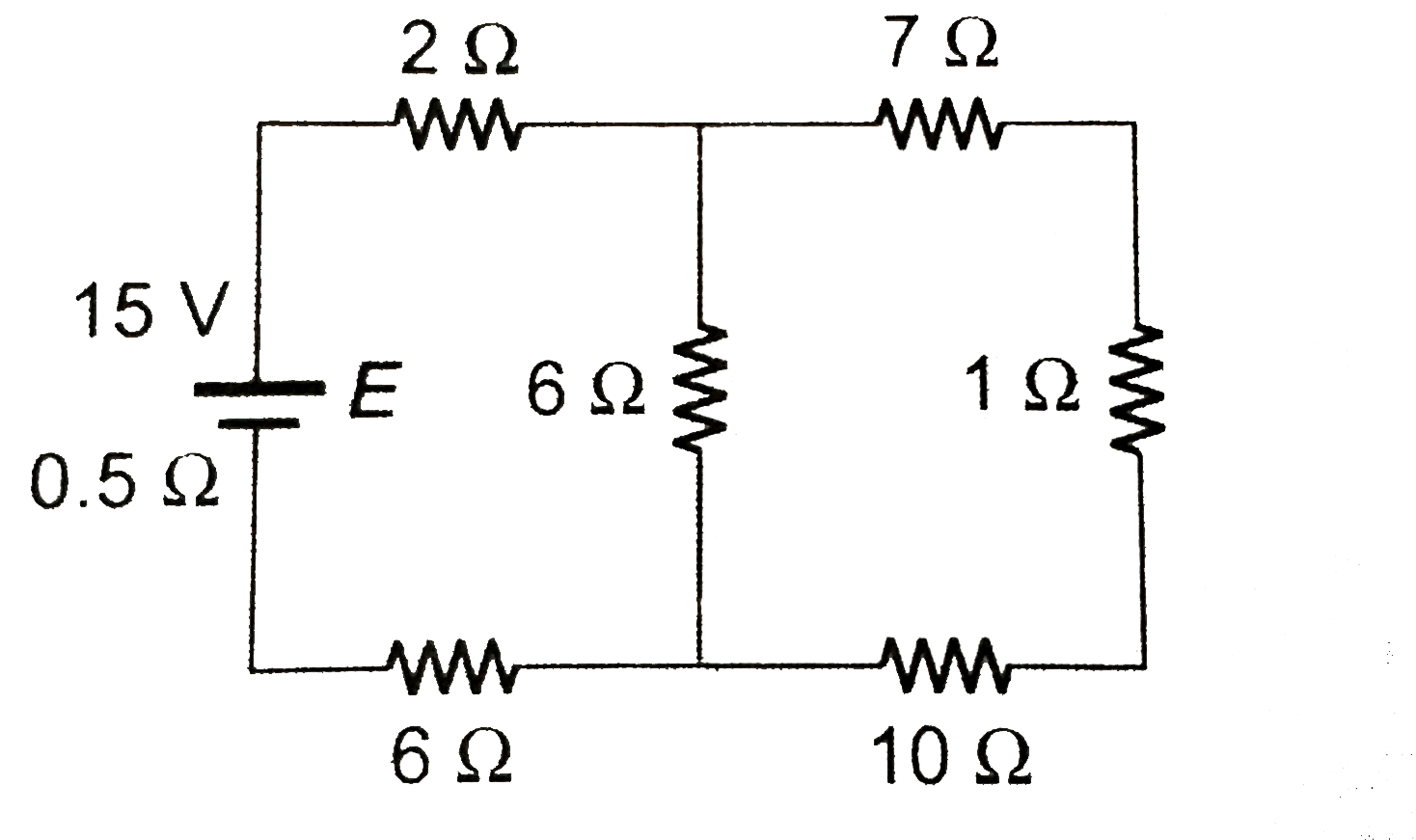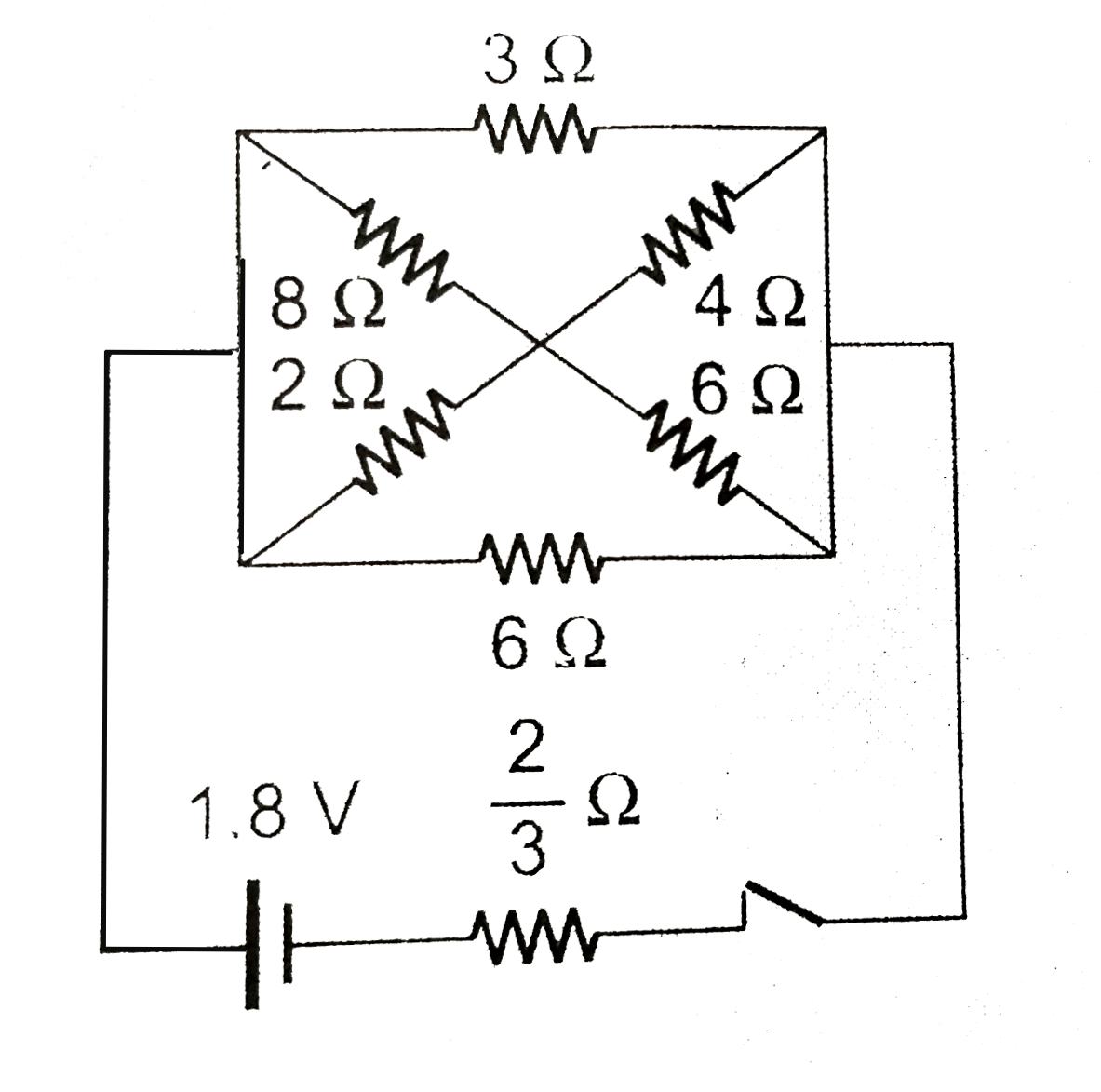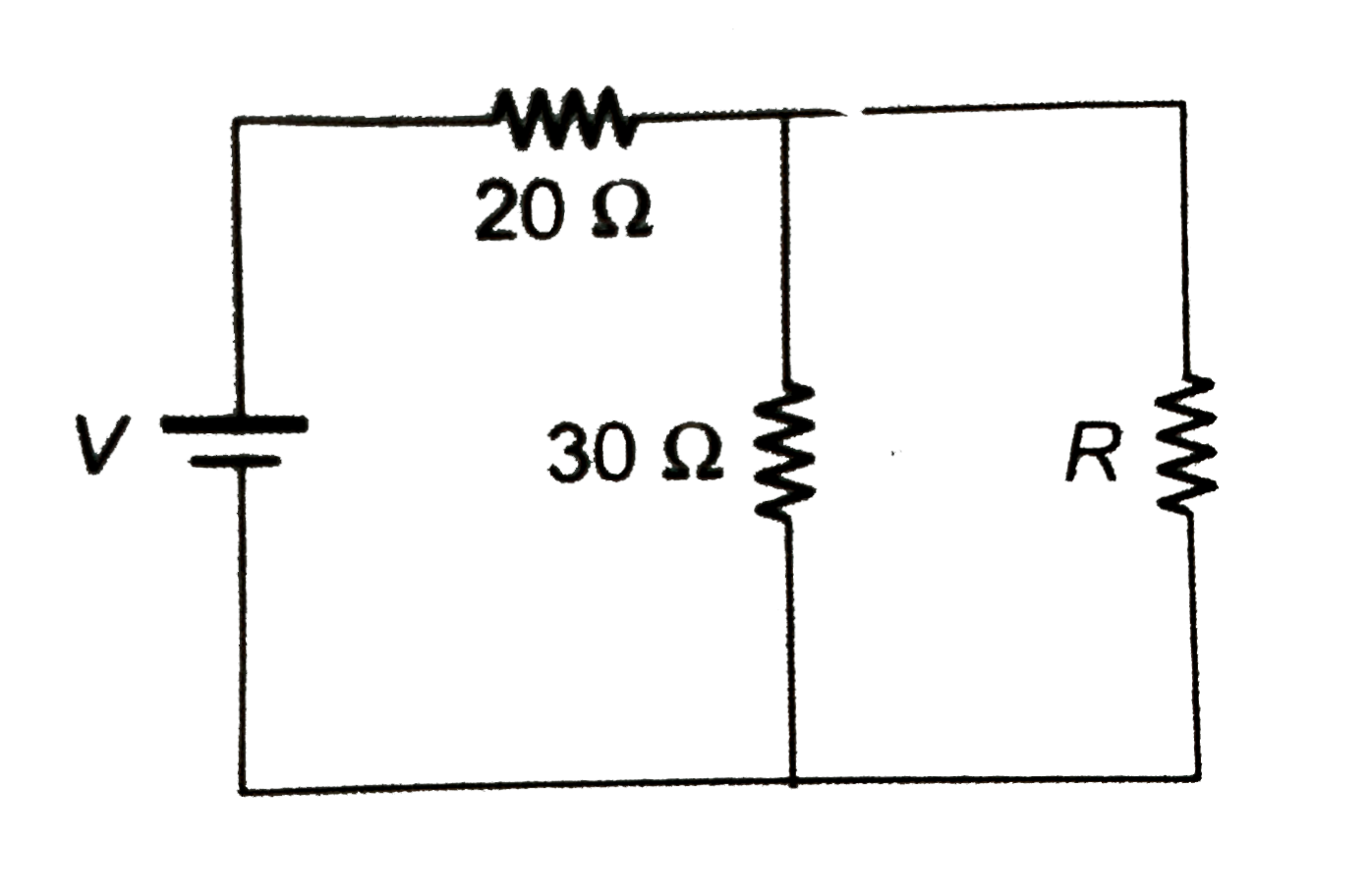A 500W heating unit is designed to operate from a 115volt line. If the line voltage drop to 110Volt , the percentage drop in heat output will be
10.20%
8.1%
8.6%
7.6%
The correct Answer is:C
To solve the problem step by step, we need to determine the percentage drop in heat output when the voltage drops from 115 volts to 110 volts.
Step 1: Understand the relationship between power and voltage
The power (P) of a heating unit is related to the voltage (V) by the formula:
P∝V2
This means that power is directly proportional to the square of the voltage.
Step 2: Write the power output at rated voltage
The rated power output at 115 volts is given as:
Prated=500W
Step 3: Calculate the power output at the reduced voltage
Using the proportionality relationship, we can express the power output at the reduced voltage (110 volts) as:
PPrated=(VVrated)2
Substituting the values:
P500=(110115)2
Step 4: Calculate the ratio
Now, calculate the ratio:
110115=0.9565
Now square this value:
(0.9565)2≈0.9158
Step 5: Calculate the power output at 110 volts
Now, substituting back to find P:
P500≈0.9158
Thus,
P≈500×0.9158≈457.9W
Step 6: Calculate the percentage drop in heat output
Now, we can find the percentage drop in power output:
Percentage drop=(Prated−PPrated)×100
Substituting the values:
Percentage drop=(500−457.9500)×100
Percentage drop=(42.1500)×100≈8.42%
Final Answer
The percentage drop in heat output is approximately 8.42%.
---
The power (P) of a heating unit is related to the voltage (V) by the formula:
P∝V2
This means that power is directly proportional to the square of the voltage.
The rated power output at 115 volts is given as:
Prated=500W
Using the proportionality relationship, we can express the power output at the reduced voltage (110 volts) as:
PPrated=(VVrated)2
Substituting the values:
P500=(110115)2
Now, calculate the ratio:
110115=0.9565
Now square this value:
(0.9565)2≈0.9158
Now, substituting back to find P:
P500≈0.9158
Thus,
P≈500×0.9158≈457.9W
Now, we can find the percentage drop in power output:
Percentage drop=(Prated−PPrated)×100
Substituting the values:
Percentage drop=(500−457.9500)×100
Percentage drop=(42.1500)×100≈8.42%
The percentage drop in heat output is approximately 8.42%.
Topper's Solved these Questions
- BOOK - CP SINGHCHAPTER - THERMAL AND ELECTRIC EFFECT oF CURRENTEXERCISE - Exercises101videos
THERMAL AND ELECTRIC EFFECT oF CURRENT
- BOOK - CP SINGHCHAPTER - SEMICONDUCTORSEXERCISE - Exercises140videos
SEMICONDUCTORS
- BOOK - CP SINGHCHAPTER - WAVE NATURE OF LIGHTEXERCISE - EXERCISES140videos
WAVE NATURE OF LIGHT
Similar Questions
A 500W heating unit is designed to operate from a 200V line . By what percentage will its heat output drop if the line voltage drops to 160V? Find the heat produced by it in 10min.
View Solution(a) When a cell sends current through a resistance R1 for time t, the heat produced in the resistor is Q. When the same cell sends current through another resistance R2 for time t the heat porduced is again Q . Find internal resistance of the cell.
(b) An electric kettle has coil A is swithched on, the water boils in 10min. and when coil b is switched on the water boils in 20min. Calculate the time taken by the water to boil if the coils connected in (i) series and (ii) parallel are swithched on.
(c) The emf of battery E in the circuit shown in the figure is 15V and internal resistance 0.5ohm (i) What is the current drown from the battery? (ii) How much power is consumed in 6ohm resistance?

(d) A 500W heating unit is designed to opreate from a 115V line.
(i) By what percentage will its heat output drop if the line voltage drops to 110V. Assuming no change in resistance?
(ii) Taking variation of resistance with temperature into account. would the actual heat output drop be larger or smaller than case(i)
(e) If emf of the cell is 1.8V and its internal resistance 2/3Ω for the circuit shown in the figure what is the (i) current in 3ohm resistance? (ii) Power consumed by the circuit from the battery?

(i) for what value of R , power in R is maximum?
 .View Solution
.View Solution
Knowledge Check
- Question 1 - Select One
An electric heating element consumes 500 W when connected to a 100 V line. If the line voltage becomes 150 V, the power consumed will be
A500 WB750 WC1000 WD1125 W - Question 2 - Select One
An electric heating element consumes 300W when connected to a 100V line. If the line voltage becomes 150V, the power consumed will be-
A1125 WB675 WC337.5 WD562.5 W
A 500W electric heater is designed to work with a 200 V line. If the voltage of the line drops to 160V, then what will be the percentage loss of the heat developed?
View SolutionA 500W electric heater is designed to work with a 200 V line. If the voltage of the line drops to 160V, then what will be the percentage loss of the heat developed?
View SolutionA 660-W electric lheater is hdesigned to operate from 129V lines. What is the resistance? What current does it draw? What is the rate of production of heat in calories per second? If the line voltage drops to 110V. What is power does the heater takes in waits? (J=4.2 joules per calorie).
View SolutionA 500W heater is desigened to operatre at 200V potential differnce. It is connected across 160V line, find the heat it will produce in 20 minute.
View SolutionAn electric bulb is designed to operate at 12vo<sDC. If this bulb is connected to an AC source and gives normal brightness, what would be the peak voltage of the source?
View SolutionAn electric bulb is designed to consume 55W when operated at 110 volts. It is connected to a 220V,50Hz line through a choke coil in series. What should be the inductance of the coil for which the bulb gets correct voltage?
View Solution

